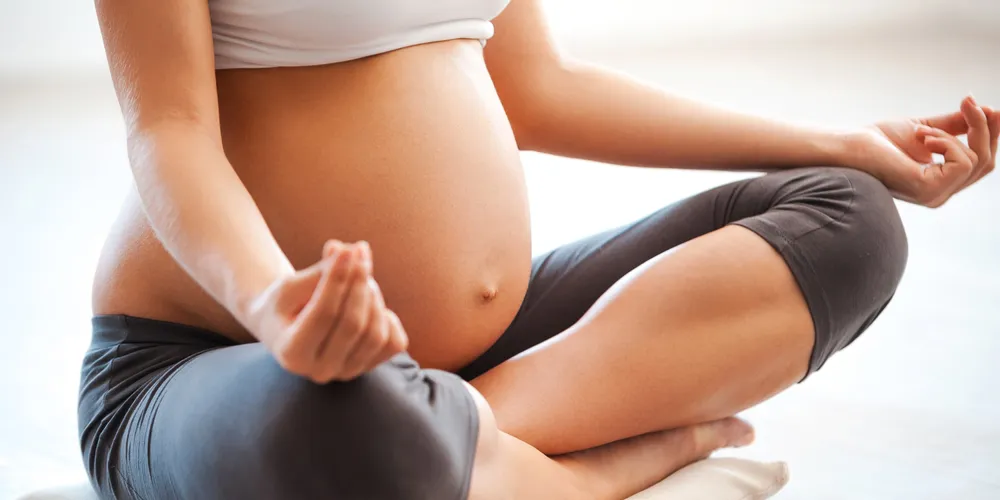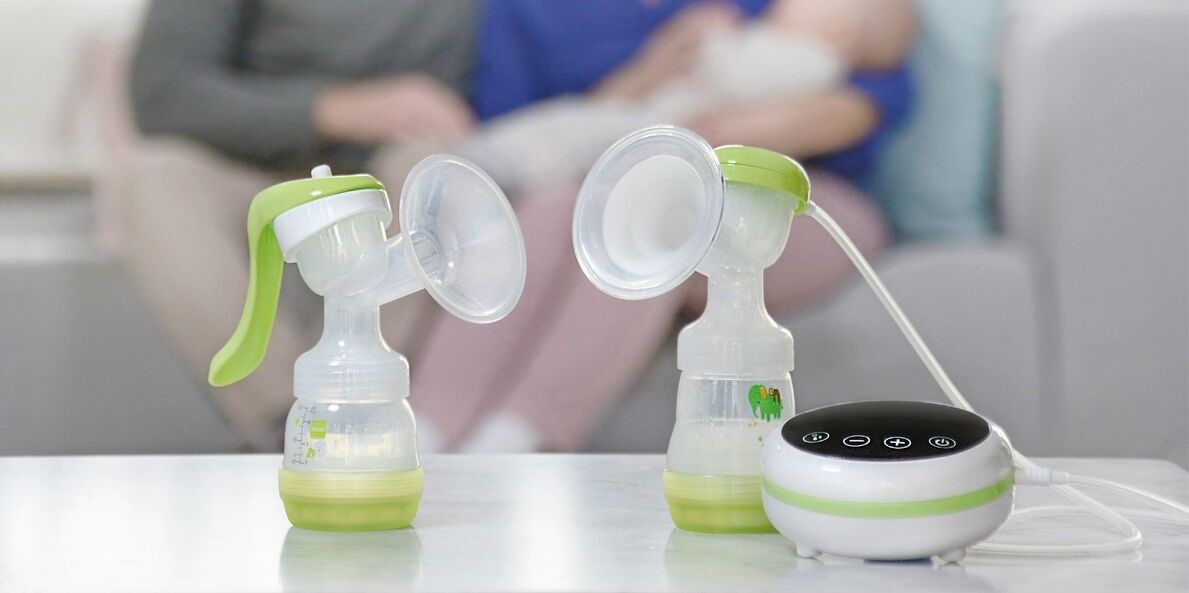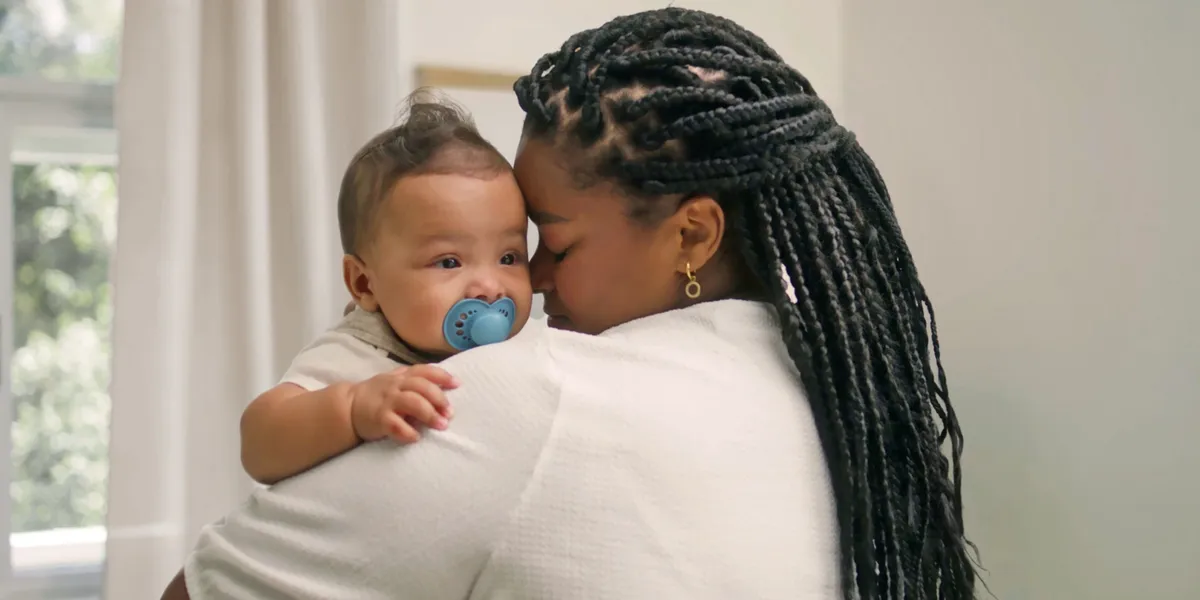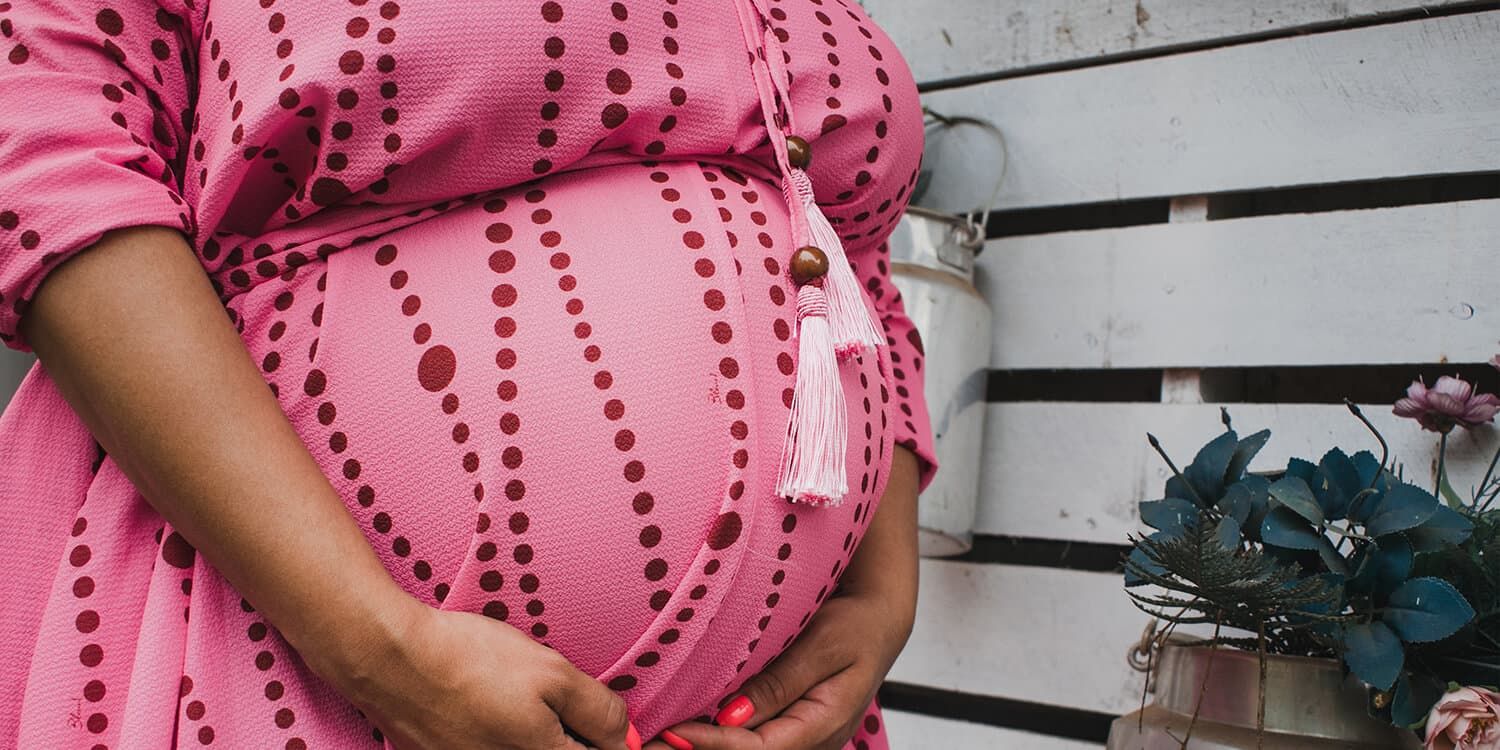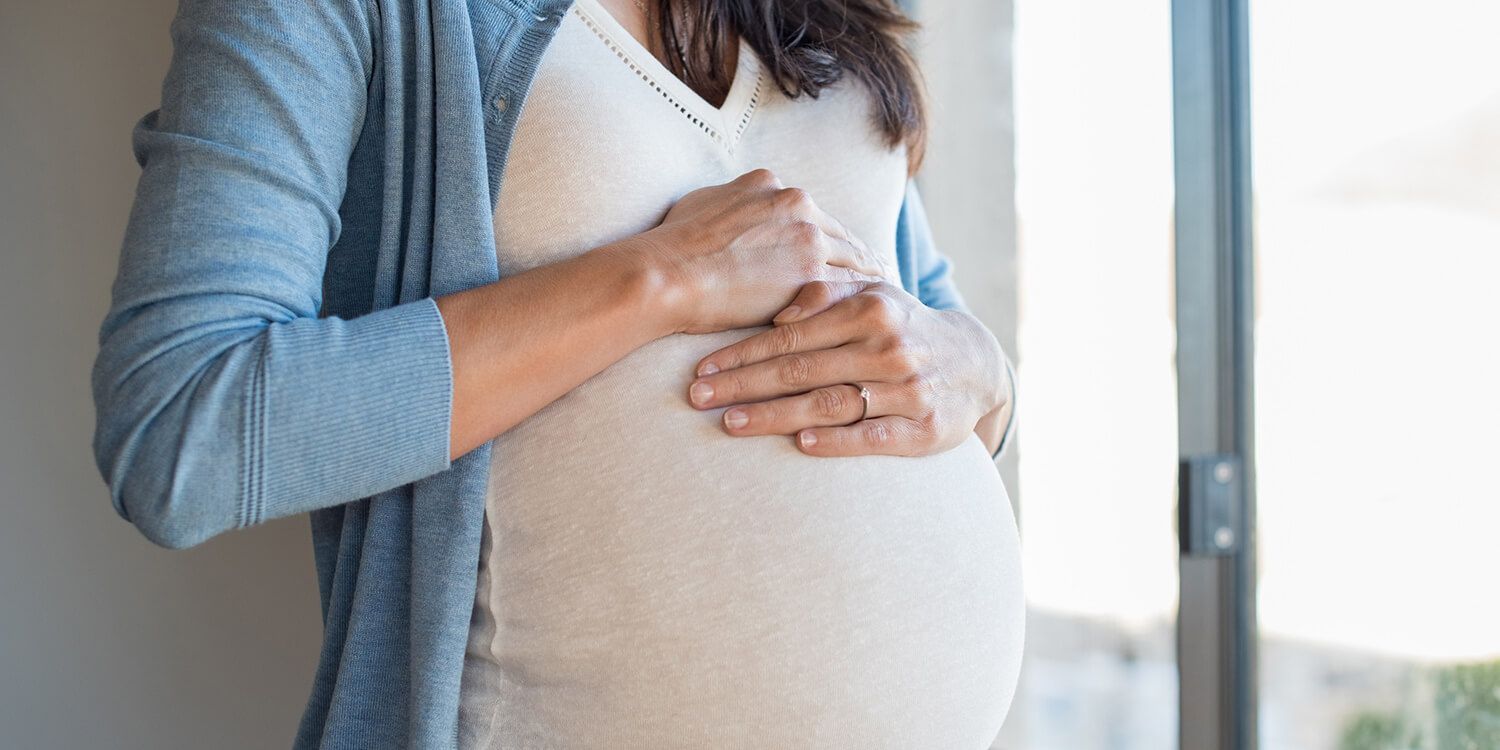On your marks, get set – when can we say "go"? If your baby were to arrive now you are 38 weeks pregnant, it would no longer be classed as premature. Everything is fully developed. So why do most babies only arrive in pregnancy week 40, 41 or even 42? For more about that and why diarrhoea is something to get excited about, read on!
What's going on inside you at 38 weeks pregnant?
The size of the foetus is around 48-49 cm (crown - heel) and it weighs approx. 3000-3100 grams.
If your baby arrives now, it would be classed as "full term" or "fully developed" – even though there are still two weeks to go before the due date. Nevertheless, the baby should now have no difficulties adapting to life outside the womb, it should be able to breathe on its own and have enough fat reserves for the first few days before you start to produce your breast milk. But remember your breasts have been producing colostrum from around the 16th week of your pregnancy, which is more than enough to sustain your baby for the first few days.
Your baby is now roughly the size of a Chinese winter melon (wax gourd).
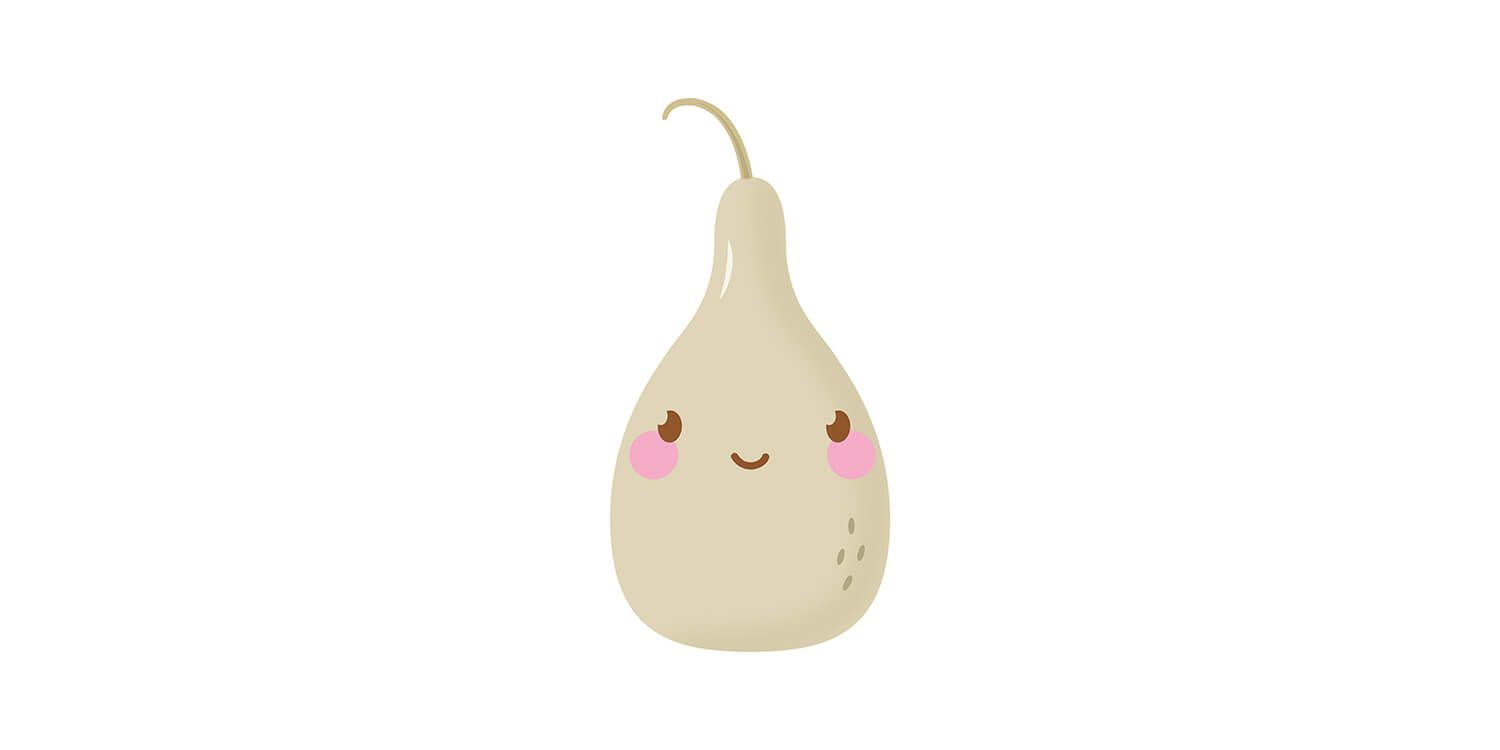
The downy hair (lanugo) has now completely disappeared, in fact, your baby may already have some hair on its head. Whether your baby arrives in the world with no hair or a full head of hair, is all down to nature.
In terms of pure calculation, childbirth is usually 266 days after fertilisation of the ovum. However, when the baby actually arrives depends on various circumstances such as:
- The baby's individual development (the time taken for embryos to become implanted in the uterus varies)
- The woman's physical conditions (e.g. hormones)
- Nutrition and lifestyle
- The woman's predisposition
- • The precise moment of fertilisation
Regarding that last point, irregular cycles in particular result in a certain margin of fluctuation, as few women are aware of when they ovulated. Sperm can also survive for several days in the vagina. The due date is usually calculated by taking the date of the last regular period and amended at the time of the first ultrasound scan, according to the size of the baby. Nevertheless, there is still some imprecision in establishing the due date.
How do you feel at 38 weeks pregnant?
Everything is ready for the birth: the joints are becoming more and more relaxed, the uterus has lowered and any Brixton Hicks contractions will push the baby lower into the pelvis. These contractions can feel like a pulling in your back, similar to back pain, or twinges in your pubic region. However, it is not unusual to feel no Braxton Hicks contractions. Sometimes they only begin at the onset of childbirth.
Preparation also includes the passsing of the mucus plug, which may manifest as a light spotting of blood or more of a slimy discharge. However, your body will often generally produce more cervical mucus as a result of the increased blood flow in the vagina.
When your bump drops, you will often find it easier to breathe again; however, you may have a greater urge to urinate now that your little one is pressing on your bladder.
Pregnant women find they get very tired more often, which can also be as a result of sleepless nights. Take a nap in the daytime whenever you can.
From this point, you need to take note of any signs of labour: diarrhoea can be a sign that something is about to happen!
Also, if you experience any strong lower back pain, this could be real contractions. If they come regularly at shorter and shorter intervals, you need to tell your partner to get ready to become a parent.
To test whether these contractions are "real", you can take a warm bath. This usually eases Braxton Hicks contractions, but usually does nothing to ease labour contractions. Whatever happens, make sure that somebody is close at hand to help you get out of the bath tub if necessary!
Planned cesarean section
Planned caesarean sections are often performed in the 38th/39th week of pregnancy. It is highly likely that you will not begin any natural childbirth prior to this time, which would mean that the obstetrics team needs to be available at short notice. However, your baby is now fully developed. In most hospitals, it is also usually possible for the baby to be handed straight to the mother immediately after the caesarean section (as long as there are no health reasons to prevent this) whilst the obstetrician attends to the mother's stitches. This helps bonding between mother and baby and encourages a good breastfeeding relationship.
The caesarean section can affect lactation. It may take longer before your milk comes in, which is why skin-to-skin contact after the birth is particularly important. Apart from that, it is also a magical moment for both of you – enjoy it!
Photo: Shutterstock



